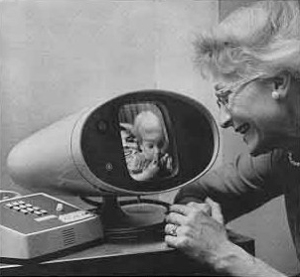Phones that show your friends where you are, books that automatically highlight passages marked by friends, shoes that post your running speed to your facebook page, that’s social hardware, it’s the future, get used to it.
Social Hardware has spawned a whole new challenge to manufacturing. Once upon a time you could come up with a good watch design and you’d be done with it. Not true anymore. All the new design houses now have full fledged software teams that do nothing but try to figure out exactly how that new piece of hardware will fit in to your social world – it will make or break the design.
The push comes from humans fundamental desire to connect. What started as a rather simple Darwinian need to find suitable mating partners, has expanded into a near full time rather frantic endeavor. Nearly half of the U.S. population is now on Facebook, a lesser percentage tweets. We blog, and tweet, and post, and willingly share nearly everything with strangers – from our daily purchases (blippy) to the baby’s latest in utero kick on twitter.
For a long time getting connected was just about talking face to face. Then came the pen, books, the telephone, and the web. Hardware was the last hold out. This desire is rather frantic, and lots of bright people write about it – but at its heart it’s all about this need to be ‘seen’ – most shrinks would say it’s all about sex and death, but that’s a little hard to translate into design principles.
Consumer electronic hardware startups have had a hard enough time as it was, in the pre social hardware era. And recently with the global economic meltdown and the resurgence of caution and greed, most venture firms are concentrating even more on trying to find the next ‘overnight’ social software company. This, despite evidence that investing in hardware actually makes more money, at less risk than software. But, no one ever said logic had anything to do with it.
So now you’ve got hardware entrepreneurs facing a rather daunting task – how to come up with a new device, AND how to show it’s going to connect with facebook. Now this isn’t all bad, mind you – connecting to facebook can get you a huge, free, marketing kick, but it doesn’t always fit with the invention, nor is it actually appropriate.
What makes it both exciting and challenging is that we’re at the very beginning of the era, which can make for some rather startling successes, from rather unknown companies, using the equivalent of open source marketing and manufacturing. Just check out social funding platforms – such as Kickstarter if you want to see some great examples.
Next year – social biomedical devices – embedded, cloud based, heart pace makers that keep learning and modifying their electrical signals from the crowd.






